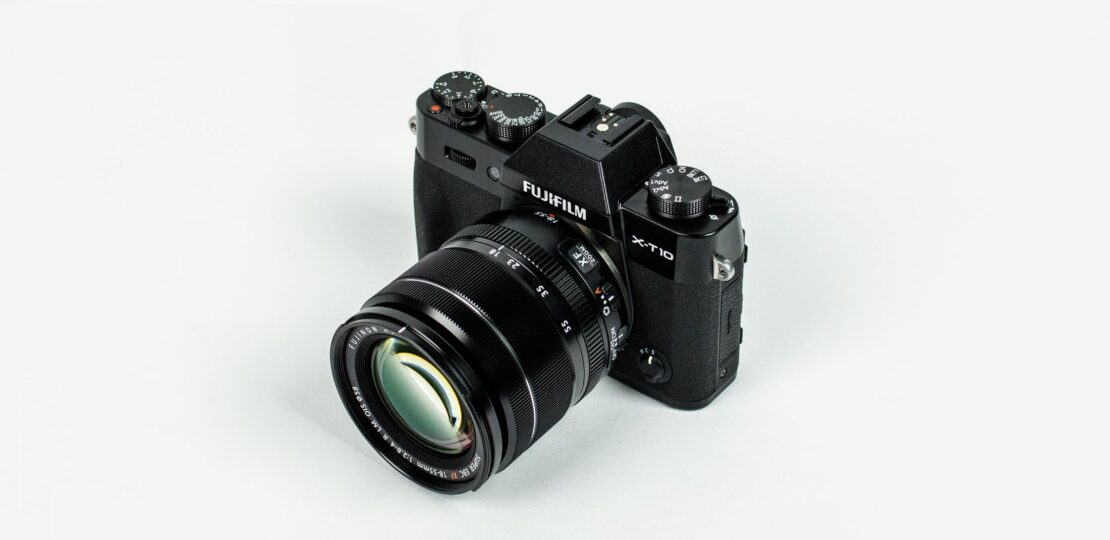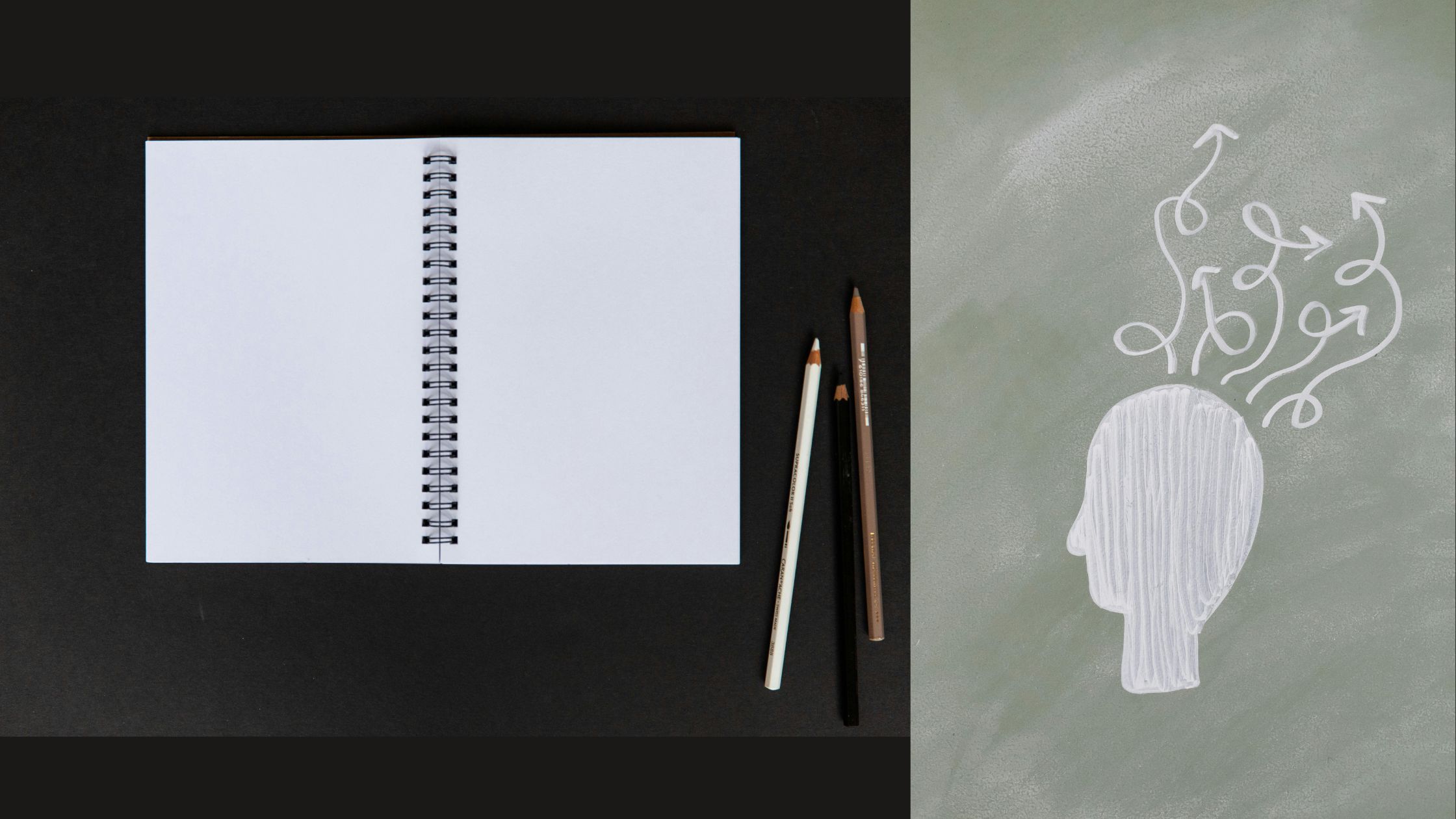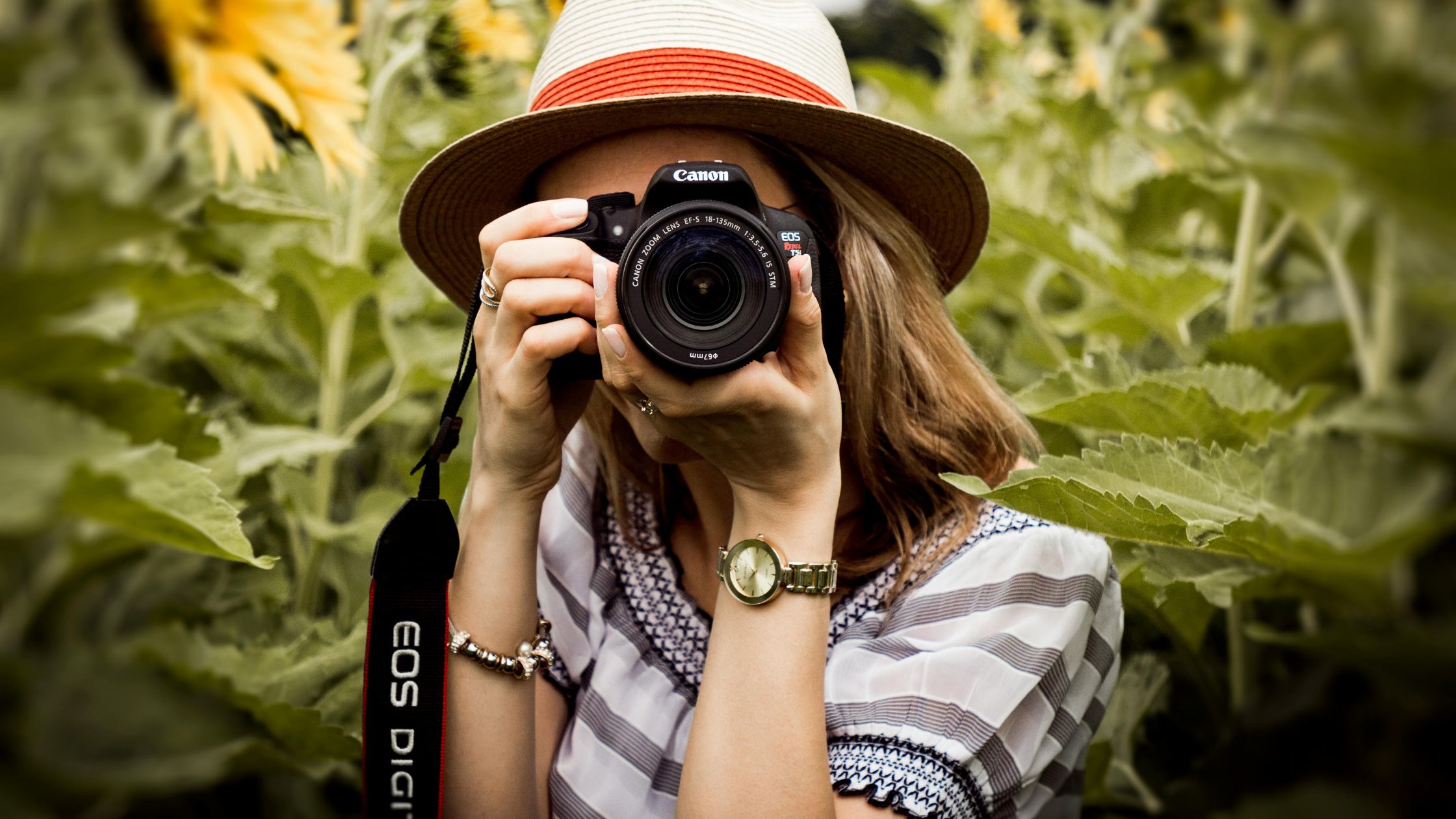

Introduction to Product Photography
Product photography plays a crucial role in the visual presentation of goods, particularly in marketing and e-commerce environments. As consumers increasingly migrate towards online shopping, the significance of high-quality product images cannot be overstated. These visuals serve as a bridge between the brand and the consumer, providing potential buyers with a detailed view of the product and influencing their purchasing decisions.
In essence, product photography encompasses the art of capturing images that portray items in their best light, highlighting their features, colors, and textures. Effective product images create an inviting atmosphere that encourages engagement, which is critical in today’s competitive marketplace. When customers cannot physically touch or try an item, images provide an essential glimpse into the product, fulfilling the tactile need through visual means. Poorly executed photographs can lead to mistrust and result in reduced sales, whereas stunning visuals can drive conversions and enhance the overall shopping experience.
- 【High Brightness】Portable photography studio is built-in 104pcs high-quality LED light beads, provides enough brightness…
- 【Easy to assemble】Use it after three seconds of assembly, you can unfold this LED lightbox studio and place it on any su…
- 【CRI>95】This photo lighting studio kit Adopt CRI95 color temperature ring light board, built-in stone grain fabric, good…
Moreover, product photography is not merely about aesthetics; it plays a significant role in brand identity. Consistent and high-quality imagery helps establish a brand’s presence and conveys professionalism, impacting how consumers perceive the business. Brands that invest in quality photographs tend to attract more attention, fostering customer loyalty and repeat purchases. As such, understanding the fundamentals of product photography is imperative for any business looking to thrive in the digital age.
The upcoming sections will delve deeper into the techniques and strategies that can elevate product photography. By mastering the fundamentals, one can create compelling images that not only showcase products effectively but also resonate with consumers, ultimately leading to increased engagement and sales.
Essential Equipment for Product Photography
To achieve stunning visuals in product photography, having the right equipment is crucial. A high-quality camera serves as the foundation of your photography setup. While professional DSLRs and mirrorless cameras are preferred for their superior image quality, many smartphones now possess advanced camera technologies that can also deliver excellent results. Selecting a camera with a higher resolution allows for better cropping and detail rendering, which is essential in showcasing product features accurately.
Equally important is the choice of lenses. A prime lens with a wide aperture can create beautiful depth of field, helping to isolate products from their backgrounds, thus drawing attention to the subject. Macro lenses are particularly beneficial for capturing intricate details in small items, while standard zoom lenses provide the versatility needed for different product sizes and settings. The focal length and aperture should be considered to ensure that the images have the desired sharpness and artistic flair.
Stability during shooting plays a vital role in achieving clear and sharp images. Utilizing a sturdy tripod can eliminate camera shake, ensuring that the photos are crisp even in less-than-ideal lighting conditions. In addition to a tripod, employing a camera remote or self-timer can further minimize movement during the exposure process, especially for longer shutter speeds.
Lastly, lighting equipment is key to producing high-quality product images. Natural light can be effective, but relying solely on it may yield inconsistent results. Therefore, investing in softboxes or ring lights can provide controlled and diffused lighting, reducing harsh shadows and highlights. Incorporating reflectors can also assist in bouncing light to illuminate product details evenly. By carefully selecting your essential equipment, you can significantly elevate the standard of your product photography, ensuring that your visuals capture the essence of the items you are showcasing.
Lighting Techniques for Perfect Shots
Lighting is one of the most crucial elements in product photography, as it can significantly impact the overall quality of the images. While there are numerous lighting techniques to consider, understanding the difference between natural and artificial lighting forms the foundation of any successful shoot. Natural lighting, derived from the sun, is often favored for its vibrant and soft qualities. It is ideal for products like clothing or outdoor gear, enhancing their colors and textures without harsh shadows. However, natural light is subject to various factors, including weather and time of day, making it less dependable.
On the other hand, artificial lighting provides more control over the exposure and can be manipulated to achieve the desired results consistently. Softboxes are popular among photographers as they diffuse light, minimizing harsh shadows while still illuminating the product effectively. By spreading light around the product, softboxes help create a pleasing and evenly lit composition. It’s important to position softboxes at different angles to achieve the perfect softness and highlight essential features of the product.
Reflectors are another indispensable tool, as they bounce light onto the product, filling in shadows created by the primary light source. They come in various materials, including white, silver, and gold, allowing photographers to modify the quality of light based on the desired effect. For products that require constant lighting adjustments, continuous lighting setups can be particularly effective. These provide a constant light source, giving photographers a real-time preview of how the light interacts with their products.
Optimizing lighting techniques tailored to the specific product type can dramatically enhance the overall photography outcome. Understanding and effectively implementing these lighting strategies can elevate the quality of your product imagery, ensuring they stand out in the competitive marketplace.
Choosing the Right Background and Props
In product photography, the background and props play a crucial role in influencing the overall aesthetic and impact of the images. Selecting the right background is essential to ensure that the product remains the focal point while complementing its aesthetic qualities. One important aspect to consider is color psychology. Different colors evoke various emotions; for instance, warm colors such as red and orange can create a sense of excitement and energy, while cool colors like blue and green tend to evoke calmness and tranquility. Thus, understanding the emotional response associated with colors can guide photographers in selecting backgrounds that harmonize with the product’s message.
Texture is another significant element to evaluate when choosing a background. Smooth surfaces may provide a modern and sleek appearance, ideal for tech products, whereas textured backgrounds can add depth and interest, enhancing organic or handcrafted items. For instance, a rustic wood background can beautifully contrast with delicate jewelry, presenting an intriguing visual narrative. Additionally, it is vital to ensure that the texture does not overpower the product; balance is key to achieving an appealing composition.
Props also contribute significantly to a product’s story and overall presentation. When carefully chosen, props can accentuate the product’s functionality or lifestyle integration. For instance, staging kitchen tools alongside beautifully prepared food not only illustrates usage but also creates an enticing scene. The props should be relevant and enhance the visual appeal rather than distract from the main subject. Selecting a cohesive color palette and ensuring that props do not overshadow the product allows for a more unified and effective presentation. Ultimately, employing thoughtful consideration of background choices and props can elevate product photography, resulting in stunning visuals that resonate with viewers.
Styling Your Products for Photography
Effective product styling is paramount in showcasing items in a visually appealing manner. To achieve stunning visuals, one must consider various aspects of arrangement, spatial relationships, and lifestyle elements that resonate with the brand’s message. Firstly, arranging products thoughtfully can significantly impact the overall aesthetic. Placing items at varying heights can create depth, while grouping them based on color, size, or theme enhances visual coherence. When arranging products, it is essential to maintain balance; avoid overcrowding, which can detract from the focus on the main item, and instead aim for a clean, concise layout.
The spatial relationship between products can also enhance storytelling in photography. Utilize negative space effectively; this can draw attention to the product while creating a sense of luxury and sleekness. When framing items, ensure that they have adequate breathing room, allowing potential customers to appreciate the design and details without distraction. Consider the background as well—a simple, neutral backdrop can provide a stark contrast to a vibrant product, while a textured background can evoke feelings of warmth or luxury depending on the brand’s identity.
Additionally, incorporating lifestyle elements can connect the product to potential customers on a personal level. Using props that reflect the product’s use or function can provide context, making it relatable and desirable. For instance, when photographing kitchenware, consider styling the set with fresh ingredients and utensils that evoke a home-cooked meal. This approach not only highlights the product but also aligns it with a particular lifestyle that the target audience aspires to. Ultimately, by thoughtfully arranging products, considering spatial dynamics, and integrating lifestyle elements, one can create compelling and memorable product photography that effectively communicates the brand’s message.
- 【Adjustable at Any Angle in 1 Second】 The ring light, cantilever stand, phone clamp, and base can all be flexibly adjust…
- 【3 Colors & 10 Brightness Levels】Meet your lighting requirements with a selection of 3 distinct colors: cool white, warm…
- 【Uniform Lighting without Shadows】The 10” ring light for phone provides ample light, this led ring light gooseneck mount…
Editing Your Product Photos
Post-production editing is a crucial stage in product photography that can significantly enhance the overall quality of visuals. By refining images through editing techniques, photographers can create polished and appetizing product images that appeal to potential buyers. To achieve optimal results, utilizing reliable software is essential; two of the industry leaders include Adobe Lightroom and Adobe Photoshop. Both programs offer unique features tailored to different editing needs, making them indispensable tools for professionals and enthusiasts alike.
When editing product photos, color correction should be a primary focus. Ensuring that the colors in your images accurately represent the product can enhance consumer trust and improve sales. Start by adjusting the white balance to neutralize any color casts and bringing your images to life. This process can be easily managed in both Lightroom and Photoshop, allowing for precise adjustments to brightness, contrast, and vibrancy. It is important not to overdo it; maintaining a natural look is key to effective product photography.
Cropping is another vital technique that contributes to the composition and focus of product images. A well-cropped image eliminates distracting elements and directs the viewer’s attention to the product itself. Aim to follow the rule of thirds, positioning the product in a way that is visually appealing and balanced. Additionally, retouching minor imperfections can elevate the quality of your images, making them more enticing. Utilizing spot healing tools available in editing software helps to remove blemishes or distractions, ensuring a clean and professional look.
Ultimately, the editing process allows photographers to deeply influence the viewer’s perception of the product. By blending color correction, cropping, and retouching techniques, one can achieve stunning visuals that captivate and engage audiences. Mastering these editing strategies can take your product photography to the next level, enabling your images to stand out in a competitive marketplace.
Common Mistakes to Avoid in Product Photography
Product photography plays a crucial role in marketing and e-commerce, yet many photographers commit common mistakes that can significantly impact the effectiveness of their images. One prevalent issue is poor lighting. Insufficient lighting can create shadows and alter the appearance of the product, leading to unappealing images. To avoid this mistake, it is essential to invest in proper lighting equipment and utilize natural light whenever possible. Soft, diffused lighting tends to yield better results, ensuring that the product’s features are clearly visible.
Another frequent pitfall is the use of cluttered or distracting backgrounds. A busy background can detract attention from the product, making it challenging for potential customers to focus on what is being offered. It is advisable to opt for simple, neutral backgrounds that complement the product rather than compete with it. Using solid colors or soft textures can enhance the visual appeal and allow the product to stand out prominently.
Ineffective composition is also a common mistake in product photography. Failing to showcase the critical details and angles of a product can leave customers uncertain about what they are purchasing. Photographers should thoughtfully consider the angle and crop of each shot to highlight essential elements, ensuring that the viewer can appreciate the product’s features fully. Furthermore, neglecting to clean the product before shooting can lead to unprofessional images, so it is crucial to prepare each item by removing dust, fingerprints, and any blemishes that may be present.
Ultimately, avoiding these common mistakes in product photography can greatly enhance the quality of images. By focusing on lighting, background choices, composition, and product preparation, photographers can create stunning visuals that attract customers and drive sales.
Inspiration and Creative Techniques
In the realm of product photography, inspiration plays a pivotal role in developing a distinctive style. The art of photographing products evolves continuously, resulting in a diverse array of innovative techniques. Understanding and experimenting with different trends can ignite creativity and set one apart in this competitive field. Minimalism, for example, has emerged as a significant trend in product photography. This approach emphasizes simplicity and directs the viewer’s attention to the product itself. By utilizing clean backgrounds, often featuring a single color or texture, photographers can enhance the focus on the product’s design. This technique not only creates a visually appealing image but also conveys sophistication and elegance, adding a layer of intrigue to the product presentation.
Another popular technique gaining traction is the flat lay arrangement. This composition style involves arranging products in a visually balanced manner from a bird’s-eye view, resulting in an inviting and easily digestible layout. Flat lays are particularly effective for lifestyle products, as they allow for the inclusion of complementary items that represent the intended usage context. Incorporating various textures, colors, and props can generate a rich visual narrative, inviting consumers to dream about the product’s application in their own lives.
Creative compositions further broaden the horizons of product photography. By experimenting with angles and framing, photographers can present products in unique and engaging ways. Utilizing reflections, shadows, and layering techniques can create depth and dimension, making products appear more tangible. Additionally, integrating elements like motion or dynamic lighting can convey energy and excitement, inviting potential buyers to engage with the product on a deeper level. Exploring these diverse styles not only fosters individual creativity but also allows photographers to unlock their signature techniques, helping them cultivate a personal touch in their work.
Conclusion and Final Thoughts
In today’s visual-driven market, the significance of high-quality product photography cannot be overstated. It plays a crucial role in attracting potential customers and can often be the difference between a sale and a missed opportunity. As we have explored throughout this blog post, the art of product photography encompasses various techniques and tips that, when utilized effectively, can greatly enhance the visual appeal of any product.
It is important to focus on key aspects such as lighting, composition, and backgrounds, as these elements contribute significantly to the overall quality of the images. Experimenting with different settings, camera angles, and styles can lead to unique and eye-catching results that resonate with your target audience. Moreover, attention to detail, ranging from the choice of props to the post-production editing, plays an essential role in achieving professional-looking photos that reflect your brand’s identity.
We encourage readers to embrace these photography techniques and apply them in their own practice. Each photographer has a unique perspective, and by exploring various methods, you can discover what best highlights your products. With continued experimentation and practice, your product photography skills will inevitably improve, allowing you to create stunning visuals that stand out in today’s competitive market. Quality imagery not only enhances customer engagement but also promotes brand loyalty and trust.
In conclusion, product photography is an art that can be mastered with patience and dedication. We hope this blog post has equipped you with valuable insights and practical advice to refine your skills. As you progress along your photographic journey, remember that each shot is an opportunity to tell a story and connect with your audience creatively.
- [Powerful and Versatile 3-Axis Foldable Gimbal Stabilizer for Smartphones.]More powerful than any other smartphone gimba…
- [Portable Foldable Design, Compact and Lightweigh]Palm-size 3-axis foldable gimbal with a net weight of only 0.78pounds,…
- [All-day Long Video Creation] 2600mAh big-capacity battery enables up to 10 hours of continuous shooting, making it perf…
RELATED POSTS
View all





